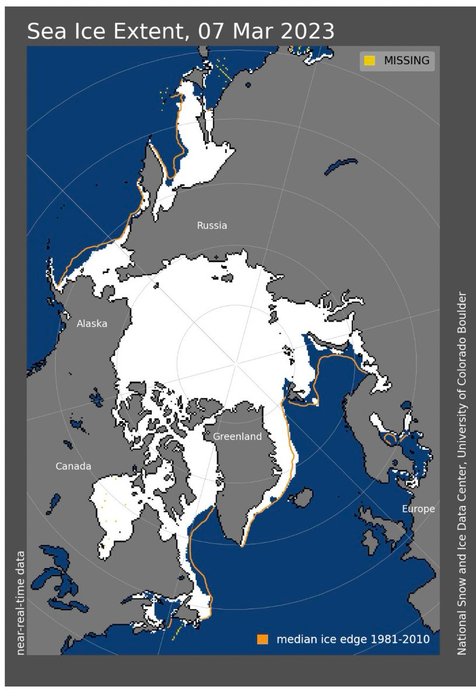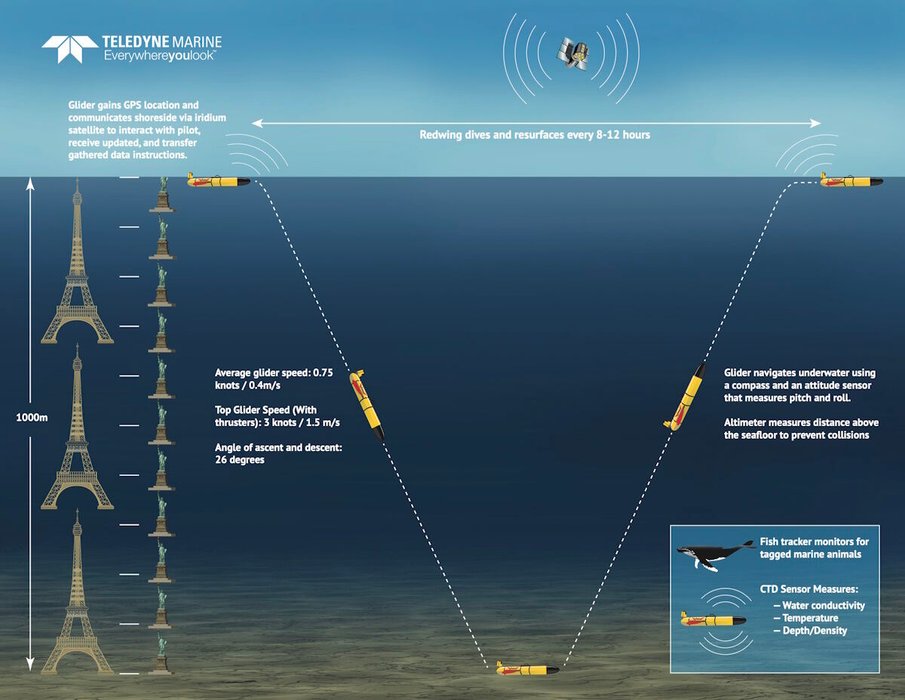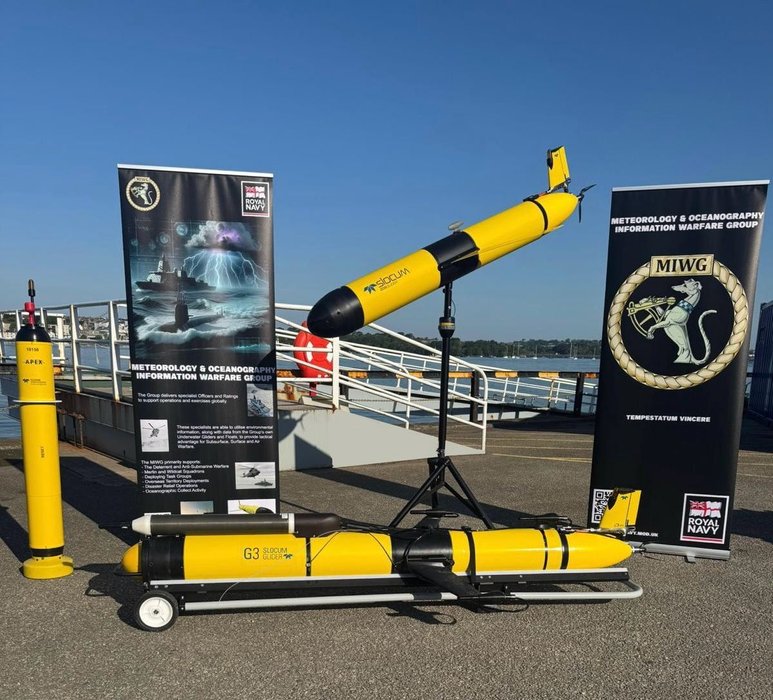Sublime
An inspiration engine for ideas
De Long tried to hug the floes but not too closely, for they often had sharp tongues projecting underwater that could ground the boats—or rip a hull apart. The waves constantly gnawed at the ice, honeycombing it with tunnels and hidden voids. “The ice was very much wasted,” De Long wrote, “and had numerous holes extending through to the sea.”
... See moreHampton Sides • In the Kingdom of Ice: The Grand and Terrible Polar Voyage of the USS Jeannette
Otto Boreson
@ottoboreson
Men Wanted: For hazardous journey. Small wages, bitter cold, long months of complete darkness, constant danger, safe return doubtful. Honour and recognition in case of success.4 The ad may have been apocryphal, but the sacrifice it illustrates was not. These were the realities of exploration only a century ago: Our progress on the frontier was
... See moreCraig Mundie • Genesis: Artificial Intelligence, Hope, and the Human Spirit
The legacy was truly amazing. His work on fish, the initial research on glaciers, the impact of his writing on the Ice Age, the zest and glamour he brought to American culture at a critical moment, were all contributions of the first order. His beloved Museum of Comparative Zoology—the Agassiz Museum, or simply the Agassiz, as it came to be known
... See moreDavid McCullough • Brave Companions

the pioneering, two-volume Etudes sur les Glaciers, for example, which appeared in 1840—involved
David McCullough • Brave Companions
Orders were given for the after-hold to be cleared and the stores checked, so that we might know exactly how we stood for a siege by an Antarctic winter.
Ernest Shackleton • South (Shackleton's Last Expedition): Illustrated 100th Anniversary Edition




Norway’s Wealth Fuels Green Transition
- Norway models how to turn fossil fuel wealth into funding for a green economy and net-zero goals.
- Australia could follow by taxing mining profits to finance renewable energy transition and innovation.